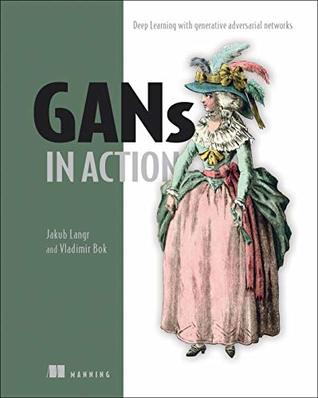9 Books on Generative Adversarial Networks (GANs)
Last Updated on August 21, 2019 Generative Adversarial Networks, or GANs for short, were first described in the 2014 paper by Ian Goodfellow, et al. titled “Generative Adversarial Networks.” Since then, GANs have seen a lot of attention given that they are perhaps one of the most effective techniques for generating large, high-quality synthetic images. As such, a number of books have been written about GANs, mostly focusing on how to develop and use the models in practice. In this […]
Read more








